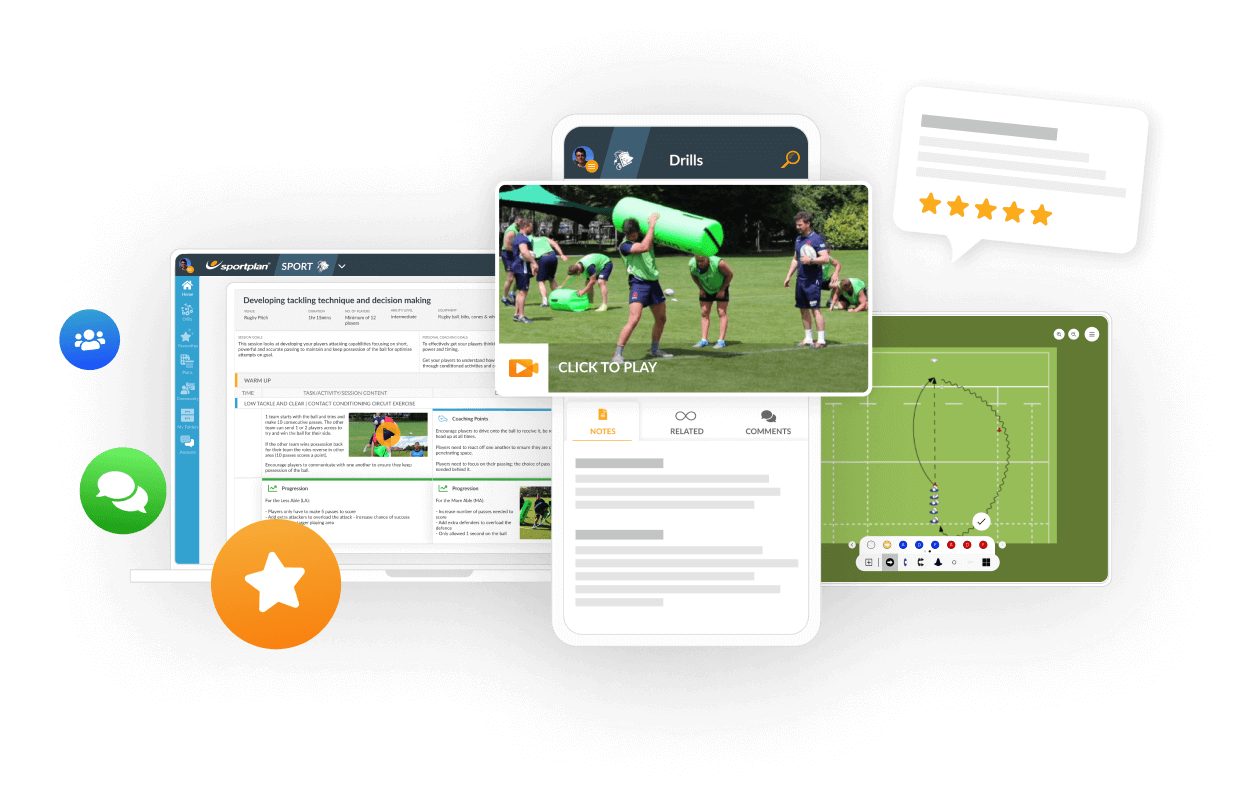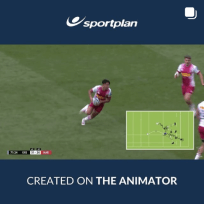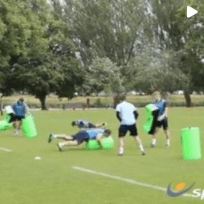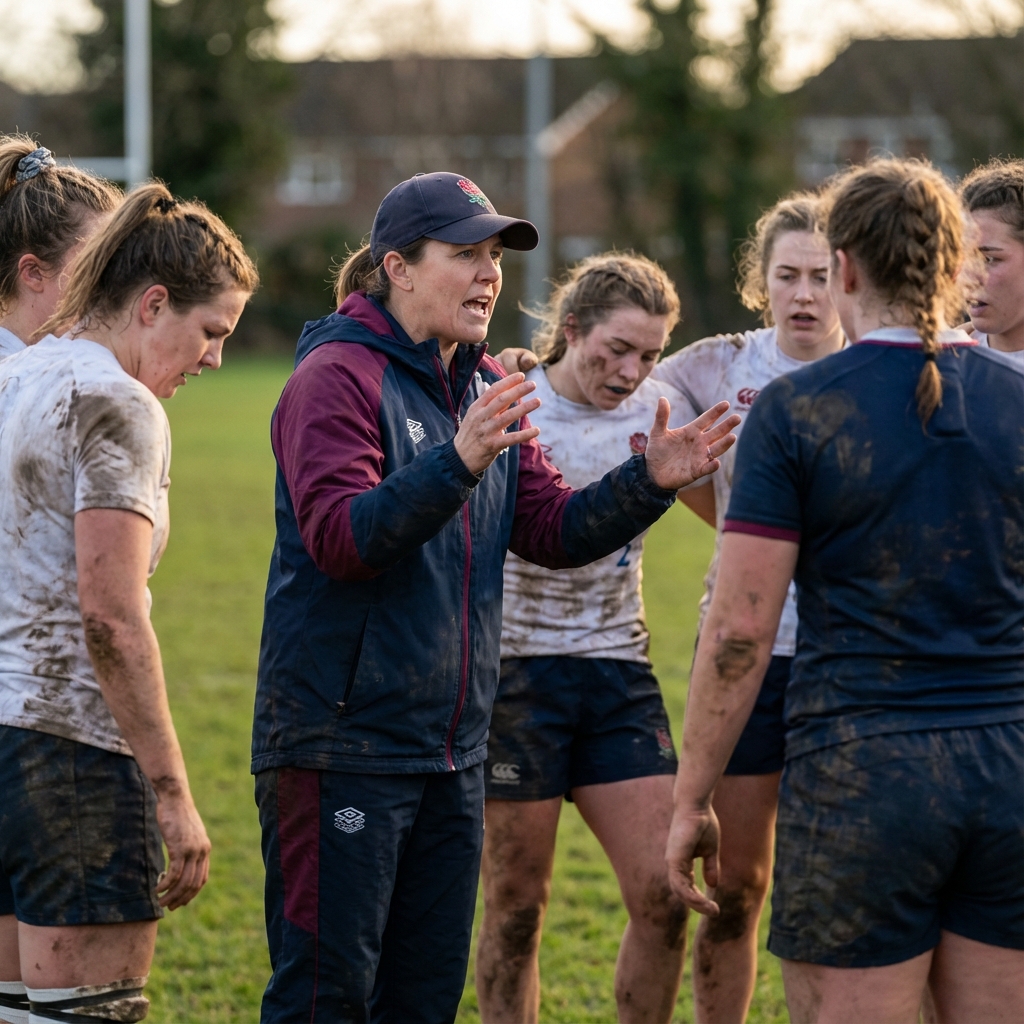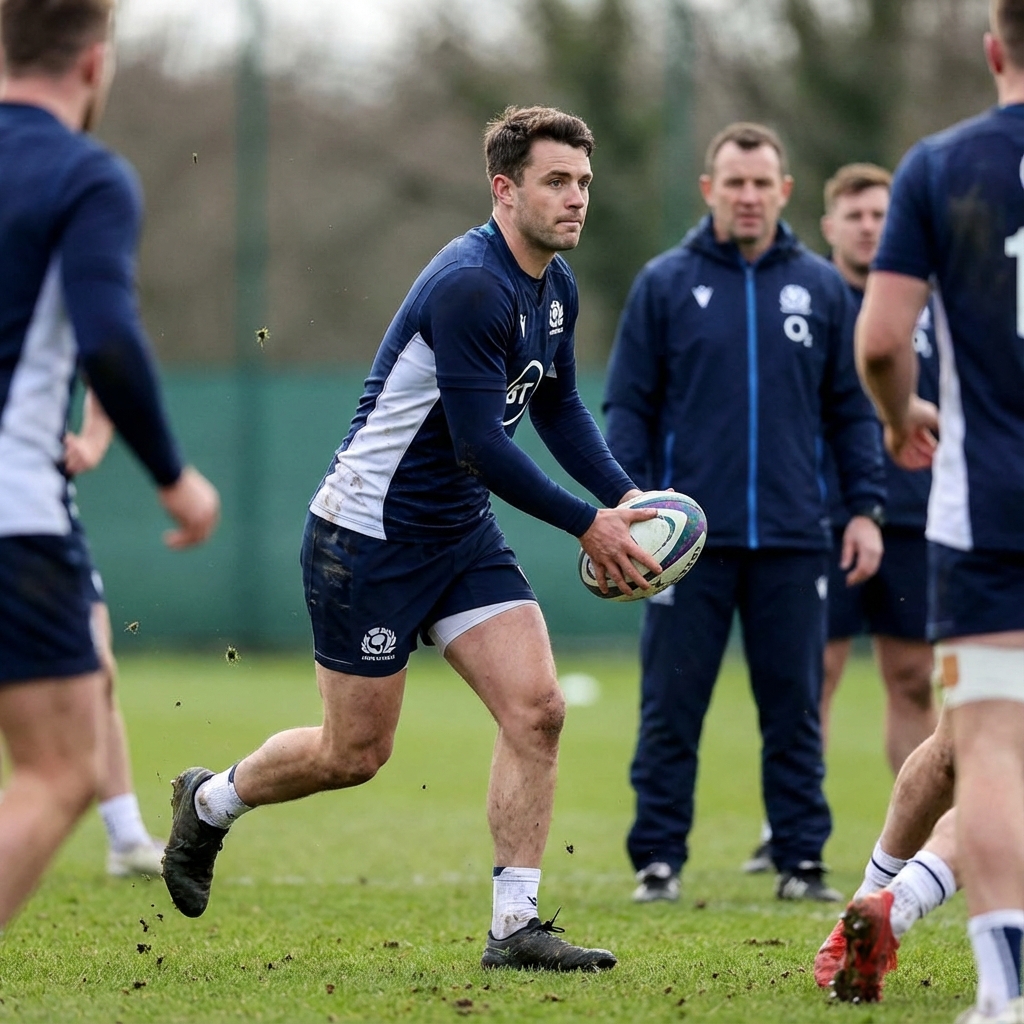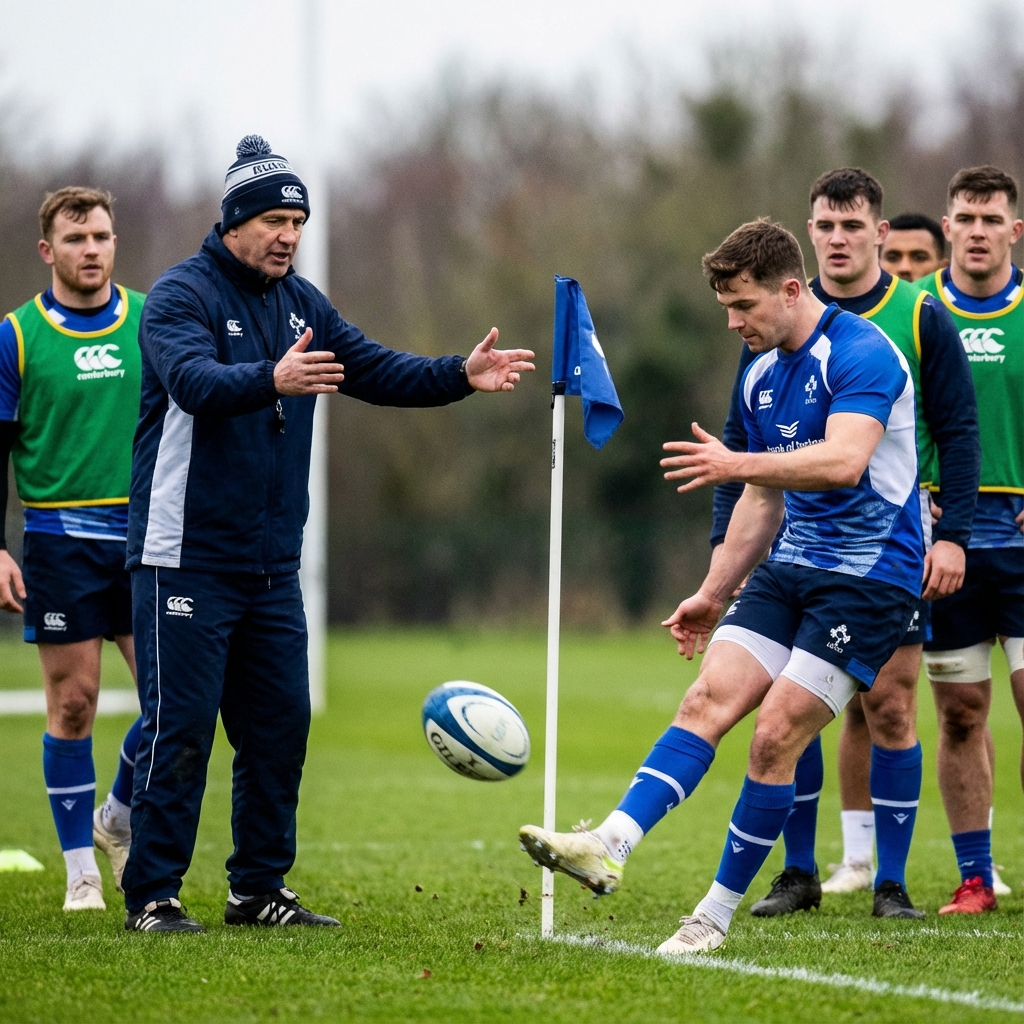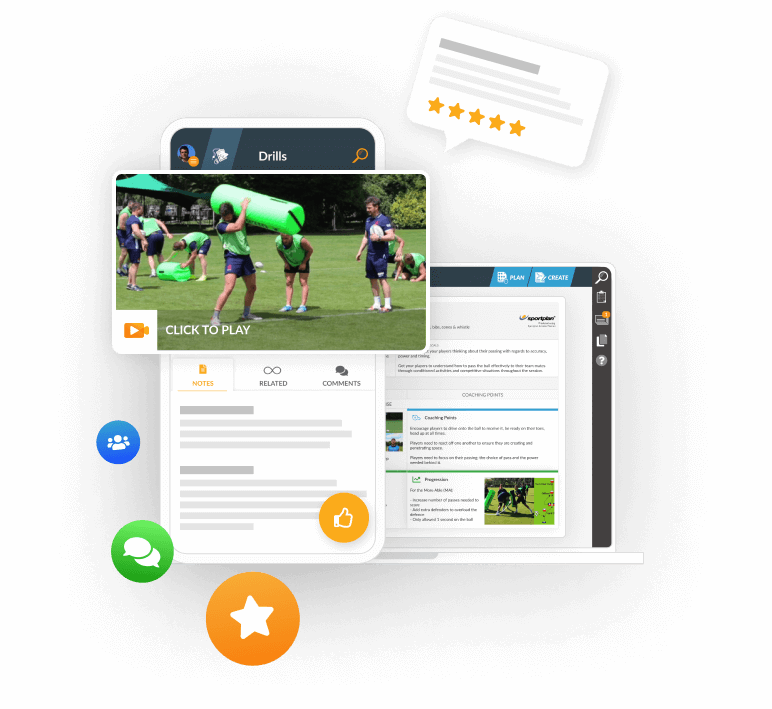Forward positions at kickoffs and what type of pods to run with and who does what
Hi there,
I was wondering thoughts on forward positions at the kickoff. Do you have the catchers deep so the are coming forward to meet the ball or have one deep and one short?
For the pods do you have a "quick" pod made up of all three loosies and a lock and a "slow" pod made up of the front row and the lock or do you split them in two pods made up of a prop, a lock and two loosies and the other pod of a prop, a lock, the hooker and a loosie? Who would you tell to be the ball carrier, body movers and bridger?
All thoughts welcome.
Cheers
Dave
Dave
Have you seen the answers given in reply to the question: What is the current thinking regarding kickoff receiving alignment? There is some good stuff there which may help you.
For me there is no hard and fast rule about who are in your pods to receive kick off. Often a lighter player is easier to lift and so you could have a lock and a prop lifting a flanker.
My team normally look to operate a deep pod and a shallow pod and all players are briefed to allow plenty of space to run onto the ball.
I will be interested to see what others think as there are so many options from the kick off and it is such a crucial part of the game to win.
After all, the opposition are giving us the ball and we owe it to them to say thank you and keep it for a while!
Simon
I like to put players based in loose pairs based on skills rather than position. If you have a prop with sure hands and a lock who isn't confident under the ball, no reason to lose the ball. Catching it is more important. This way you have four pairs to work with. 4 catchers, 4 supporters etc.
It really depends on the size and ability of the forwards. At every point (especially with younger or less skilled players), you need one catcher and one support player. GENERALLY SPEAKING, your locks and props will fulfill that role at the frontal area of the receiving point, but your flanker may be your tallest/best catcher. You certainly prop power near the 10 metre line to support your catchers though. As far as positioning pods, I like one pair on about the 10 metre-15 yard line, a second pair on the 10 metre 5 metre line. They can support each other quickly (so 2 becomes 3 in a very short time). The flankers and No. 8 can come from deep in pretty quickly, and the hooker can keep an eye on things as he runs from a point just in front of the kicker.








